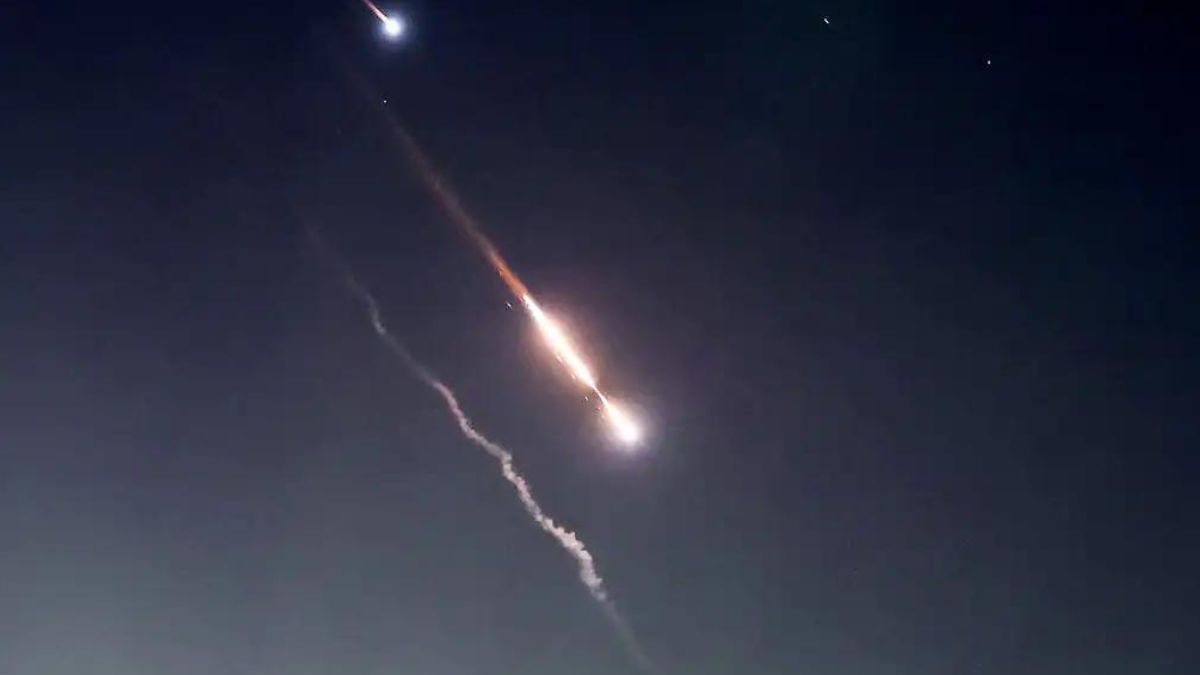Although it said that no civil overflights had been put in danger during the tensions that erupted over the weekend over Iranian drone and missile strikes on Israel, Europe’s aviation authority reiterated its advise to airlines to exercise caution when operating in Israeli and Iranian airspace.
The European Aviation Safety Agency (EASA) declared that it will “continue to closely monitor the situation to assess any potential safety risks for EU aircraft operators and be ready to act as appropriate” along with the European Commission.
It stated in an email that the EASA guidelines that are now in effect for airlines travelling to Israel and Iran still hold true.
That included exercising caution and following all available aeronautical publications for Israel and neighbouring airspace up to 100 nautical miles surrounding the country.
For Iran, it recommended caution and said “there continues to be an increased potential for miscalculation and/or misidentification” in airspace over the Iranian capital Tehran.
Global airlines face some disruption after Iran’s attack on Israel with more than 300 missiles and drones, which were mostly shot down by Israel’s U.S.-backed missile defence system or its allies before they reached Israeli airspace.
The attack was in response to a suspected Israeli airstrike on Iran’s Syria consulate on April 1 in which seven Iranian Revolutionary Guards commanders and officers were killed.
Impact Shorts
More ShortsEASA said all affected airspaces - Israel, Lebanon, Jordan, Iraq and Iran - were closed by the relevant authorities during the relevant period.
“There was no overflight risk for civil aviation at any time,” it said. An overflight involves an aircraft transiting through airspace, typically at high cruising altitude.
All the temporary airspace closures imposed at the weekend expired on Sunday, EASA said.


)

)
)
)
)
)
)
)
)



